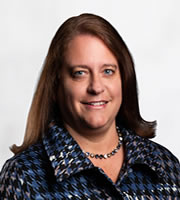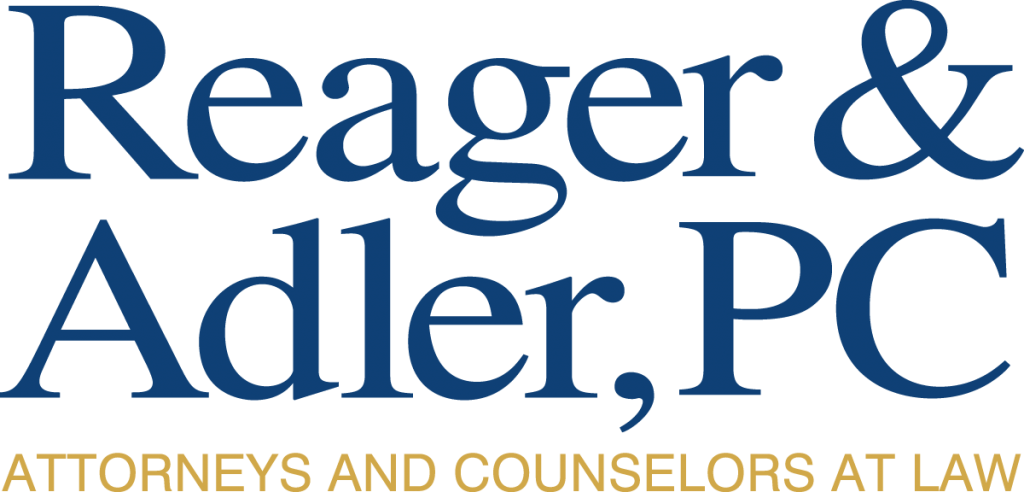 In the SECURE Act of 2019, Congress made sweeping changes to how individual retirement arrangements (IRAs) function. Now, SECURE 2.0, which became law on December 29, 2022, is making major changes to retirement savings again. SECURE 2.0 contains over 90 new changes. Here, we will touch on just a few of those.
In the SECURE Act of 2019, Congress made sweeping changes to how individual retirement arrangements (IRAs) function. Now, SECURE 2.0, which became law on December 29, 2022, is making major changes to retirement savings again. SECURE 2.0 contains over 90 new changes. Here, we will touch on just a few of those.
Required Minimum Distribution
There have been major changes for required minimum distributions (RMDs). An RMD is the amount of money you must withdraw from (most) tax-advantaged retirement accounts every year once you reach the age of 72. Notably, this is just the minimum, and you can always withdraw more. Here are some of the changes:
- Under SECURE 2.0, starting January 1, 2023, that age will now increase to 73. However, if you turned 72 in 2022 or earlier, you must continue taking RMDs as scheduled. If you are turning 72 in 2023, it may be wise to consider updating your withdraw plan. SECURE 2.0 also increases the age at which RMDs must begin to 75 beginning in 2033.
- The penalty for failing to take an RMD is decreasing to 25% of the RMD amount not taken, down from 50%. That penalty decreases further to 10% for IRA owners if the owner withdraws the RMD amount previously not taken by submitting a timely corrected tax return. The IRS can even potentially waive penalties all together if the saver can demonstrate the failure to reach an RMD was “due to reasonable error and that reasonable steps are being taken” to remedy it. See Retirement Plans FAQs regarding Required Minimum Distributions | Internal Revenue Service (irs.gov).
- Beginning immediately, any excess annuity payments made for in-plan annuity payments can be applied to the following year’s RMD requirements.
- Beginning in 2024, Roth 401(k) accounts in employer retirement plans will be exempt from RMD requirements. Roth 401(k) owners would normally roll money out of their workplace retirement plan into a Roth IRA, thereby avoiding RMDs and allowing retirement funds to grow tax free, however there are some other considerations to take into account when deciding whether to keep your money in a 401(k) or roll it over, such as fees, investment options, and the quality of the workplace retirement plan.
Catch-Up Contributions
A catch-up contribution is an elective deferral made by a participant aged 50 or older that exceeds a statutory limit, a plan-imposed limit, or the actual deferral percentage test limit for highly compensated employees. See 401k Plan Catch up Contribution Eligibility | Internal Revenue Service (irs.gov). These contributions can be made to a 401(k), 403(b), and others. Beginning January 1, 2025, those who are 60-63 years old will be able to make catch-up contributions of up to $10,000 annually to a workplace plan and that amount will be indexed to inflation. For 2023, it is currently $7,500 for people aged 50 and older.
Qualified Charitable Distributions (QCDs)
A QCD is a tax-free gift in the form of a distribution from your IRA (Roth or traditional) to a qualified charity that can count towards your RMDs. Not all charities qualify for a QCD distribution. You also may not have to itemize your tax return to take advantage of a QCD. As part of SECURE 2.0, starting in 2023, people 70 ½ and older can elect as part of their QCD limit a one-time gift of up to $50,000, adjusted annually for inflation, to a charitable remainder annuity trust (CRAT), charitable remainder unitrust (CRUT), or a charitable gift annuity. This greatly expands the types of charities that can receive a QCD, and it counts towards annual RMD amounts if applicable. There are additional requirements for each of these three options, some of which are as follows:
- CRATs and CRUTs must be funded exclusively by QCDs from IRAs.
- For both CRATs and CRUTs, a deduction for the entire value of the remainder interest in the distribution for the benefit of a specified charitable organization is allowable under Internal Revenue Code (IRC) § 170.
- For gifts to count, the gift must come directly from your IRA by the end of the applicable calendar year.
Non-Retirement Age Changes
For those who are years away from retirement, there are some changes as well. A few of those changes include:
- Employers adopting new 401(k) and 403(b) plans after December 29, 2022 must automatically enroll eligible employees, starting at 3% contribution (but no more than 10%), beginning in 2025. Employees may opt out of this, and new companies in business for three years or less and employers with 10 or fewer employees are excluded from this requirement.
- Beginning in 2024, defined contribution retirement plans will be able to add an emergency savings account that is a Roth account eligible to accept participant contributions up to $2,500 annually (or lower depending on what is set by the employer) and the first 4 withdrawals of the year are tax and penalty free.
- Beginning in 2024, employers can match employee student loan payments with matching payments made to a retirement account.
- Starting in 2023, employers with 50 or less employees can qualify for a start-up tax credit of 100%, up from what was previously 50%.
- Currently, part time employees working between 500 and 999 hours for three consecutive years must be allowed to participate in their companies retirement plan; however, SECURE 2.0 reduces that time period to two years effective in 2025. This is not applicable to employees participating in collective bargaining plans or nonresident aliens.
- Beginning in 2027, low income employees will be eligible for up to $2,000 federal matching contributions (“Saver’s Match”) per year deposited into their retirement savings account. This takes the place of the current “Saver’s Credit.”
- Effective immediately, SECURE 2.0 also expands the existing self-correction system known as the Employee Plans Compliance Resolution System (“EPCRS”) to allow additional types of errors to be corrected internally and exempts certain RMDs from the excise tax.

Susan H. Confair, Attorney
Reager & Adler, P.C.
2331 Market Street
Camp Hill Pa. 17011
(717) 909-6936
sconfair@reageradlerpc.com

